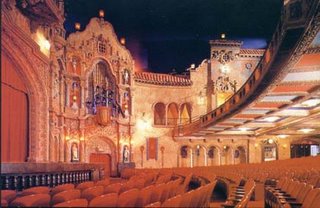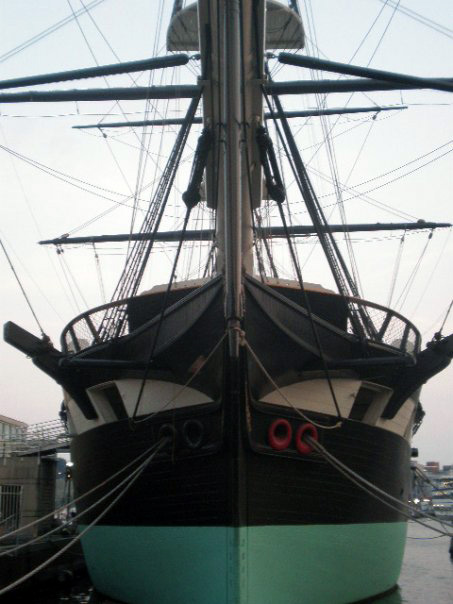No I didn't. But probably I shoulda ... because what's playing down at the local magna-plex isn't worth an empty popcorn box.
“The best way to be boring is to leave nothing out.” - Voltaire
I know, I know ... but just a few more tidbits before leaving silent films and finally getting down to the point:
-After sex symbol Rudolph Valentino died suddenly in 1926 an estimated 100,000 mourners attended his funeral procession. Adjusted for today's population that figure would equal 255,000 fans.

-Mary Pickford is traditionally regarded as the most popular performer in film history. In 1917 Mary's contract earned her $350,000 per week. In today's dollars that's about $3.5 million a week ... and remember there wasn't any income tax back then, either.

-During the 1930s MGM chief Louis B. Mayer (known simply as "LB") was the highest paid executive in the United States, earning $1.5 million annually ... significantly more than President Roosevelt or the president of Standard Oil.

-After grocery stores and automobile sales, movies were America's third largest retail business. In an average week in the 1940s, 90 million people (out of America's 151 million population) went to see at least one movie. The average ticket price was 40 cents.
-Today the average person sees one movie every 13 weeks. Last year the average ticket price was $6.41.
Almost All Gone Department:
-Historians estimate between 80 and 90 percent of the thousands of silent films made have been lost forever. Movies were considered to have no commercial value after they were shown in theaters and over the decades their prints crumbled into dust (or goo).
-Compared to modern movies, original black and white silver nitrate films were said to sparkle and glow on the screen "like faerie dust." Perhaps appropriately enough, the last major film shot on silver nitrate was 1950's Sunset Boulevard.
They Don't Build 'Em Like They Used To Department:
Movies weren't always shown in the cramped cubicles we know today as "multiplexes." Once upon a time, movies were presented in movie palaces ... with pipe organs and orchestra pits. Here's a shot of The Tampa Theater, built during the movie heyday in 1926. Much of my misspent youth was squandered here:

What's the point of all this silent film business?


No comments:
Post a Comment